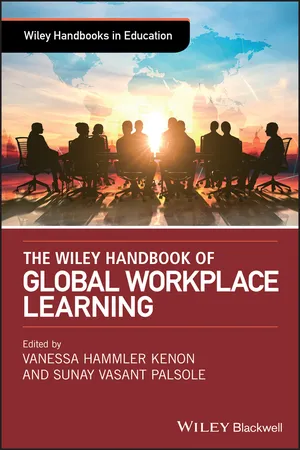A leader, according to Aghenta (2005) cited in Uwaifo (2012), is an individual who exercises positive acts on others. He/she is an individual who exercises more important positive influences and acts more than any other group in an organization in which he/she is. A leader is one who is looked up to, whose personal judgment is trusted, and who can inspire and warm the heart of those he/she heads or leads, gaining their trust and confidence and explaining what is needed in a language which can be understood. According to Jennings (2003), “Leadership is the activity of influencing people to strive enthusiastically for group objectives.” Leadership is the process of structuring, organizing, and guiding a situation so that all members of the group can achieve common goals with minimum time and effort. In any organization, either formal or informal, productivity to a great extent depends upon the way and manner in which the leaders operate within the organization. Bennis and Nanus (1997) stated that leadership is a function of knowing oneself, having a vision that is well communicated, building trust among colleagues, and taking effective action to realize leadership potential. Also, Scouller (2011) sees leadership as a process that involves setting a purpose and direction which inspires people to combine and work willingly, paying attention to the means, pace and quality of progress toward the aim, and upholding group unity and individual effectiveness throughout.
In order to run an organization successfully, a leader could, among other things, adopt a particular leadership style that could help him or her in achieving the goals of the organization. It is generally known that teachers learn to adopt positive or negative attitudes toward their work in accordance with whether they perceive the leadership behavior of the principal as supportive or harmful to their sense of personal worth and expectation. Oftentimes, principals seem too busy with all the day‐to‐day responsibilities of running schools that they do not have enough time to practice instructional leadership as expected.
Leadership Concept
There is a rich history and body of research regarding leadership. Leadership is a very human activity, and is as diverse and robust as any other human activity. There are a great many reasons for the strong popularity of the topic of leadership in this era, where everything is subject to change – people, groups, and organizations, and it is the same in schools. Therefore, efficient effort is required to understand and navigate through these changes. The interpretation of various leadership models suggests that no single leadership style is adequate to run an organization effectively. Rather, a combination of styles is effective, if used appropriately as the situation demands. More importantly, achievement of goals should be the aim of any organization, especially of secondary schools as the intermediary of the educational system. The secondary school system has its own well‐developed structure, ethics and well‐established rules and regulations under which it operates.
The concept of leadership style has been universally accepted as a basic principle of effective and efficient management. This is essentially the human aspect of management. It can be seen as a process of formidable force to enhance teachers' job performance since followers’ performance is dependent to a large extent upon how they perceive the leadership behavior of the leader. Campbell (2008) asserts that a thriving organization such as a school is one in which productivity, understanding and cooperation, job satisfaction and interpersonal relationships are involved. These attributes of profitability are functions of the extent to which the style of the school principal or management is able to influence the working environment to achieve the set goals of the organization.
Apart from other motivating factors, leadership styles could be mobilized with proper regard for interpersonal, emotional, and environmental factors at working places (Ndubisi, 2004). In any organization, such as a school, human factors should be recognized for the achievement of the organizational goals. The ultimate goal of schooling is learning on the part of students. What they learn, however, depends on teachers' performance, which is a product of many factors such as their commitment, professional growth, school environment, prevailing culture, innovativeness, and so forth. All of these factors, according to Mbiti (2007), have connections directly with the principal's actions or inaction. It is, therefore, important that school principals learn how best to relate to members of their organization (academic and non‐academic staff, students, and parents). Since the principal deals with humans, he/she must try to know the needs of all the stakeholders as well as their backgrounds, emotions and interests. Principals must learn to relate with individuals in order to get the best out of them. A good principal is essentially a special friend to none, and this must be reflected in the administrative style in dealing with both teachers and students.
Principals are therefore expected to be sensitive to people's opinions and also expected to develop social skills in working with people and at the same time be competent in all aspects of their responsibilities. According to Shutters (2002), some principals feel, however, that by the authority conferred on them and their status they are totally in complete control. While some individuals work effectively under autocracy, others with non‐authoritarian values prefer a democratic leadership style. There are also other individuals who prefer working under conditions where there is no interference. To function effectively, they require complete freedom from their leaders. Nwankwo (2007) asserts that these groups of individuals perceived their leadership as a symbolic figure that has little or no authority over them.
The behavior of leaders has been identified as one of the major factors influencing the ...
